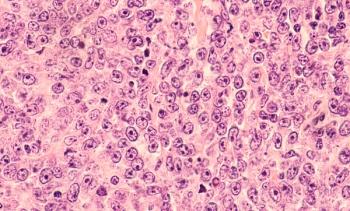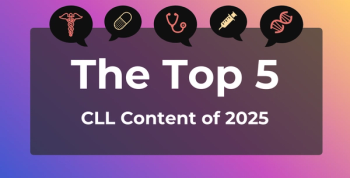
Latest News in Parkinson Disease: Preoperative RBD Not Linked to Worse Outcomes, Postmortem White Matter, and More
An overview of the latest clinical news in Parkinson disease reported across MJH Life Sciences™.
This week's
Preoperative RBD Not Linked to Altered Outcomes in 12 Months After Subthalamic Deep Brain Stimulation
Twelve months after subthalamic deep brain stimulation (STN-DBS), patients with Parkinson disease, whether they had REM sleep behavior disorder (RBD) or not, were not at higher risk of worse outcomes 12 months after the surgery.
The study,
Among the 215 patients with PD examined 12 months after STN-DBS, researchers found no differences in motor, cognitive, psycho-behavioral characteristics, or quality of life outcomes, between groups who did or did not have RBD before the surgery
Higher White Matter Hyperintensity Associated With Faster Parkinsonism Progression
Examinations of the brains of deceased older adults without a PD diagnosis found that an association of greater white matter hyperintensity (WMH) remained significant even after controlling for vascular risk factors and diseases.
According to the recent study published in
From 4427 participants enrolled in 3 cohorts that began in 1994, 1997, and 2004, 2134 died. Before death, the participants were followed for a mean of 7.5 years, with annual clinic visits. Postmortem autopsy was performed in 1725, and 598 also had ex vivo brain magnetic resonance imaging.
Most were female and the mean age at death was 90.2. Higher WMH was associated with faster progressive parkinsonism, reported NeurologyLive®.
Research Points to Protein Misfolding as a Therapeutic PD Target
The evolving area of protein folding offers an opportunity to slow or reverse the neurodegenerative process in PD, improving the quality of life for patients, according to a
The author, with the drug discovery firm Gain Therapeutics, describes the science behind the company’s pipeline, including compounds called Structurally Targeted Allosteric Regulators (STARs). Unlike traditional therapeutics in PD, which cannot cross the blood brain barrier (BBB), STARS may offer streamlined oral dosing, improved delivery to dense tissues such as bone and cartilage, improved delivery across the BBB, and synergy with current gene therapy and ERT approaches.
Various clinical trials are investigating potential disease-modifying treatments for PD by focusing on specific gene mutations. Among the most common risk factors for PD is the presence of mutations in the glucocerebrosidase gene (GBA1), which encodes for the lysosomal enzyme beta-glucocerebrosidase (GCase).
The 2 STAR drug candidates (GT-02287 and GT-02329) take a new approach for direct treatment of GBA1-associated PD by guiding misfolded forms of the GCase enzyme to their correct shape and restoring enzymatic activity. The compounds also decrease both phosphorylated and aggregated α-synuclein levels in vitro and in vivo, the author wrote.
Newsletter
Stay ahead of policy, cost, and value—subscribe to AJMC for expert insights at the intersection of clinical care and health economics.







































